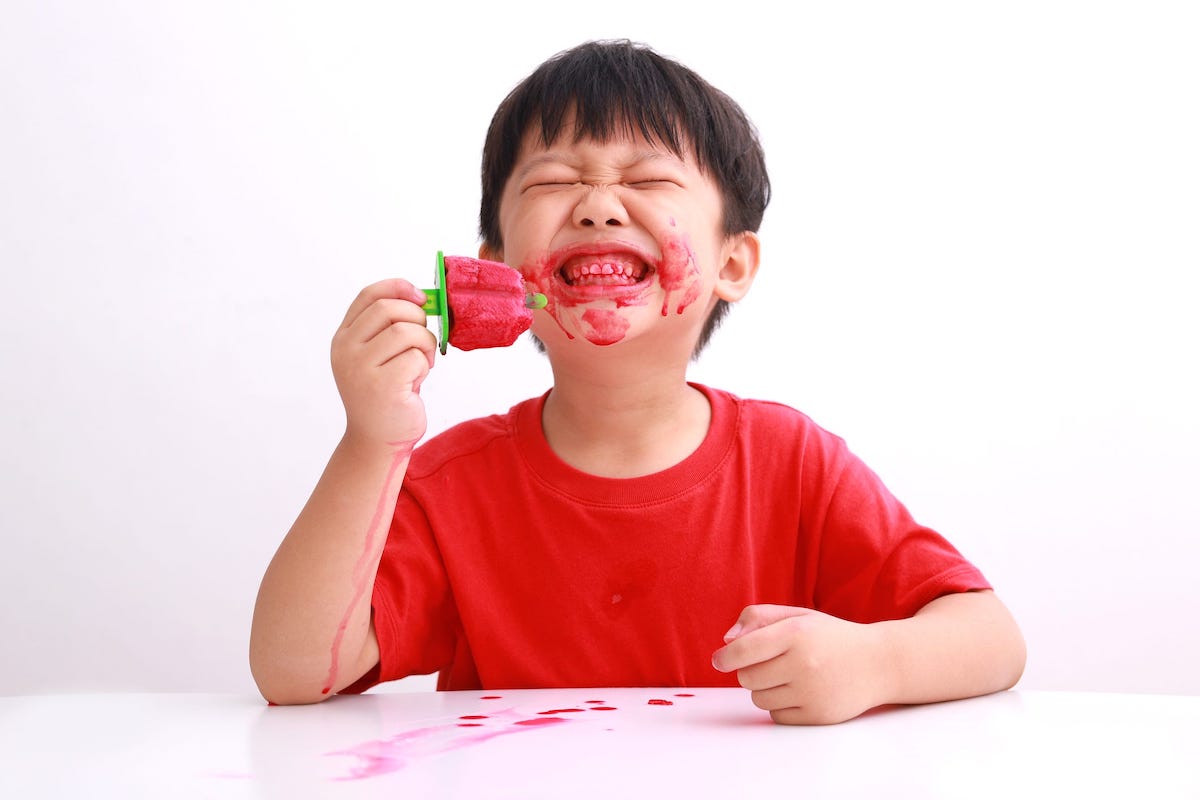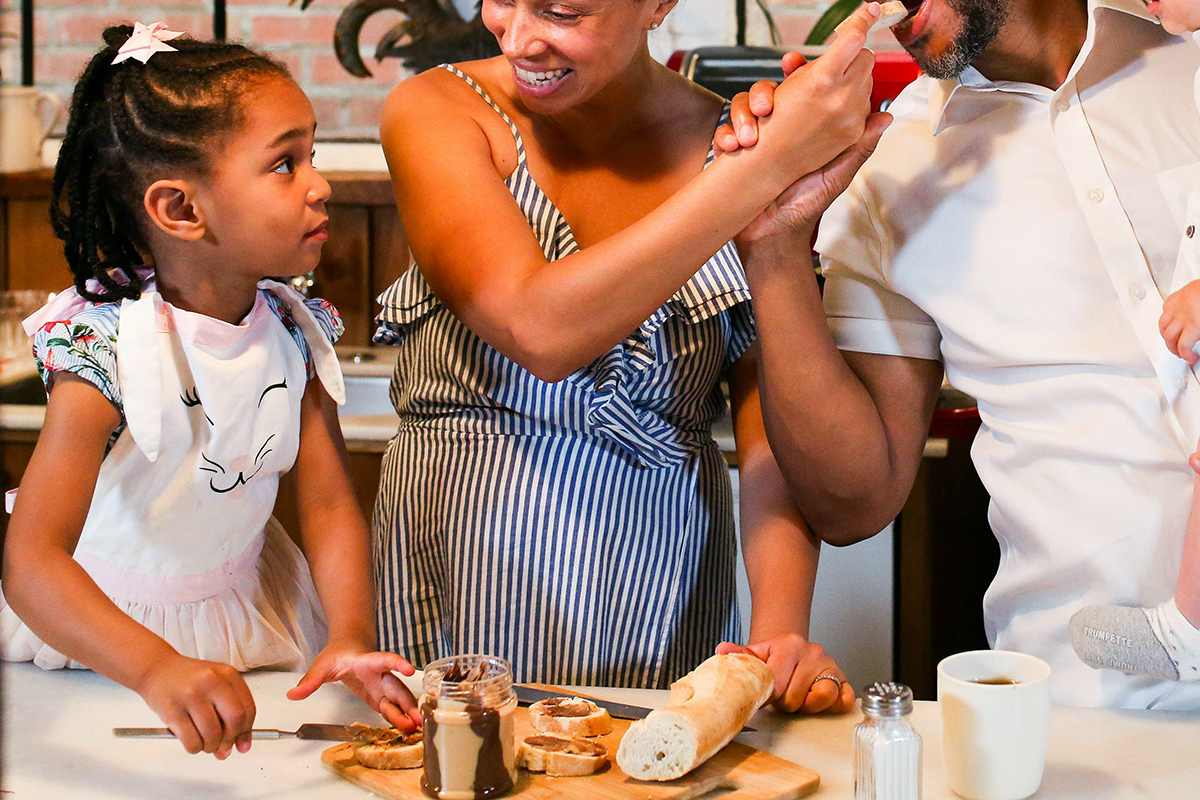I am a mother of three kids, two of whom are girls under 6. Their school is embracing a “food neutral” stance, which means that we shouldn’t talk about foods as “healthy” or “unhealthy.” I totally understand the rationale and worry a lot about eating disorders, unhealthy attitudes toward food, etc. But there is also a diabetes and obesity epidemic, and my kids love cake. Contrary to what the dietitian at the school lecture claimed, if I offered them cake every night, they would eat it. If I put a pile of cookies next to the lentil soup at dinner, they would skip the soup and just eat cookies. So while I wholeheartedly appreciate the inspiration for this food-neutral philosophy, how am I supposed to balance that with the risks of obesity and related disorders, which also pose a threat to our kids?
—Mom of cake-loving little ladies (and fellow)
I want to be totally candid: I struggle with this too. My personal relationship with food has its complexities. I definitely do not want to pass my weird stuff on to my kids (this is one of my major parenting fears, for those of you who ask what I do worry about in parenting). At the same time, it’s hard to deny that metabolic diseases in the U.S. have become more prominent over time.
From various things I’ve read over the years, I’ve learned that talking to kids about their weight and linking that to food is a terrible idea for many reasons (no physical health improvement, generates bad psychological habits, encourages judgment of others, and so on). However, your question is about food. And based on my work on nutrition, I do believe that some foods deliver more value than others. There is a distinction, at least in my view, between “no soda ever” and “a diet made up entirely of soda is okay.”

If you are in this camp: if we want to encourage a good relationship with food but not eating cake exclusively, can the data help us? I would argue yes. There are a few points I take away from the literature.
First: linking healthy foods to unhealthy rewards is not helpful in the long term. “Eat your lentil soup to earn a cookie” isn’t recommended — it convinces kids that lentil soup is bad and cookies are good.
Second: restricting certain foods may, in fact, make kids eat more of them when they are available, since it creates a scarcity mindset. If cake was always available in unrestricted amounts, your kids might well get tired of it. I’m not suggesting you do that, but it’s worth considering whether your impression about how they would react to unlimited cake is not necessarily correct.
Finally, and perhaps more practically, the data shows that order and presentation matter. Kids eat more vegetables when there is less main course on their initial plate. Apropos of the point above, it’s not “finish your vegetables to get more pasta” but simply what is presented first. This is the motivation in my household for offering veggies at 5 p.m. when everyone is hangry.
My sense is that people will put this together in different ways. For me, it has argued for an ordering within meals. The lentil soup, bread, and cheese come first. People eat what they want out of that set. Then we have fruit. Then we have dessert. My kids do eat dessert with both lunch and dinner, and there are definitely days when the lunch box comes home with only the cookie pie eaten. Trying not to stress about that is a work in progress.
Community Guidelines
















Log in